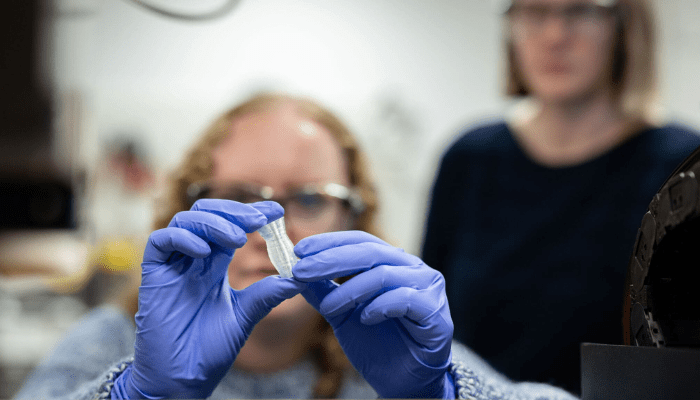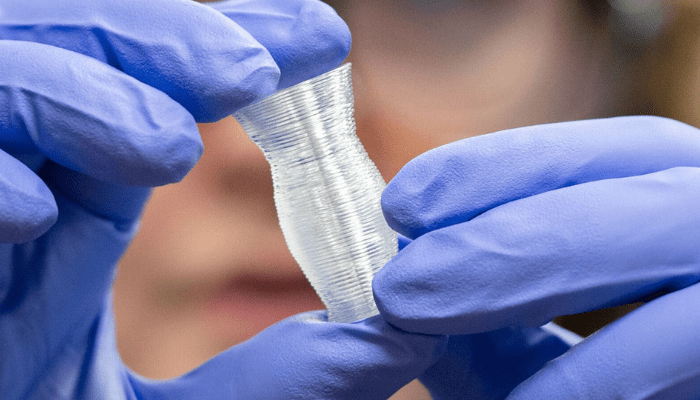Flexibility Meets Structure with 3D-Printable Thermoplastic Elastomer

Additive manufacturing has opened new frontiers for developing multifunctional materials across industries. In medicine, it supports innovations such as organ-regenerating tissues and advanced biomedical devices. Beyond healthcare, additive manufacturing drives the creation of novel 3D-printable architectures with broad application potential.
Alice Fergerson, along with Emily Davidson’s team at Princeton University, has developed a breakthrough material: a 3D-printable thermoplastic elastomer (TPE) that combines localized flexibility with controlled rigidity. This innovation paves the way for customizable, high-performance structures in applications ranging from medical devices to soft robotics.
Material Characteristics
The TPE used is a block copolymer that transitions from a moldable state when melted to an elastic structure upon cooling. Its unique property lies in the separation of rigid homopolymer cylinders (5–7 nanometers thick) within an elastic polymer matrix. This internal architecture allows the material to flex and stretch in targeted directions while retaining stiffness in others.

Through precise 3D printing techniques, the team controlled the orientation of these nanostructures, achieving localized rigidity and elasticity. Printing speed and extrusion techniques further modulate physical properties, offering unprecedented customization at the nanoscale.
Self-Healing Capabilities and Cost Advantages
Thermal annealing enhances the printed material’s performance and enables self-healing. During testing, damaged samples were successfully repaired through annealing, restoring their original properties without compromise.
Compared to similar high-performance materials—often costing $2.50 per gram and requiring complex UV treatments—the Princeton team’s TPE costs just a penny per gram. Moreover, it can be processed using standard commercial 3D printers, offering a scalable, cost-effective solution for industrial applications.
Expanding Applications
This low-cost, tunable material opens doors to numerous applications, including soft robotics, medical devices, prosthetics, and custom footwear. Davidson envisions the next phase involving wearable electronics and biomedical innovations, leveraging 3D-printed architectures to deliver advanced functionality and accessibility.
This development marks a significant step in combining affordability, versatility, and performance in polymer-based materials.
